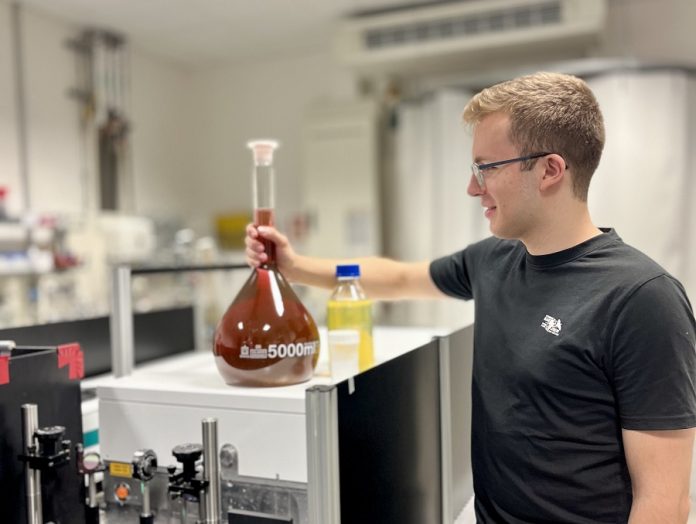
3D printing has become a key technology for industries such as aerospace, medical devices, and advanced toolmaking.
One of the most important methods is called laser powder bed fusion (LPBF), where a laser melts thin layers of metal or polymer powder to build a part layer by layer.
This process makes it possible to create strong, complex components that would be difficult or even impossible to manufacture with traditional methods.
For the past six years, a large group of researchers led by the University of Duisburg-Essen in Germany has been working to improve both the powders and the processes behind this technology.
Their work was carried out under the German Research Foundation’s priority program Materials for Additive Manufacturing, launched in 2019.
Now, the program has been successfully completed, and the results are expected to serve as a unique reference for both science and industry.
The researchers not only studied new types of powders but also explored how to customize them with nanoparticles and how to better control the LPBF process.
More than 30 research teams worked together on projects covering every stage of the chain—from designing new materials and testing powder properties to analyzing how finished parts perform under stress.
One of the program’s highlights was an international interlaboratory study. In this effort, 32 laboratories around the world produced standardized components using both metallic and polymer powders, with and without nanoparticle modifications.
By comparing the results across so many labs, the study created the world’s largest open dataset on 3D printing with powders. The dataset shows how different materials, machine settings, and process controls influence the quality of the final parts.
“This is a milestone for science and industry,” said Dr. Anna Ziefuß, who leads the Surface Chemistry and Laser Processing group at the University of Duisburg-Essen. “It’s the first time we have globally comparable data on such complex manufacturing processes across different material classes.”
The findings, combined with a special issue of the journal Advanced Engineering Materials, give a detailed look at the entire LPBF process chain.
They will make it easier to develop reliable standards, optimize manufacturing methods, and introduce new materials into production more quickly.
Dr. Ziefuß explained that the program aimed to provide both a deeper scientific understanding and practical solutions. Just as importantly, the results are being made completely open access so that the global community can benefit. The data from the interlaboratory study will be available starting November 11, 2025.
By opening up this wealth of knowledge, the project is expected to accelerate innovation in 3D printing, making it more efficient, more reliable, and better suited to the needs of modern industries.



